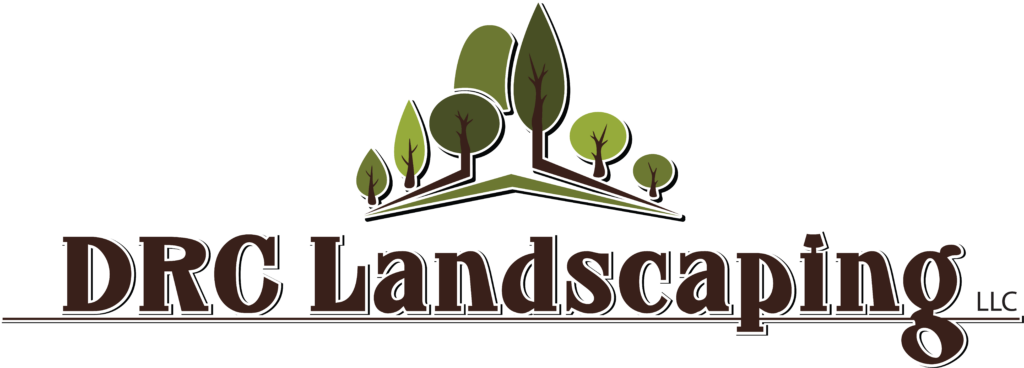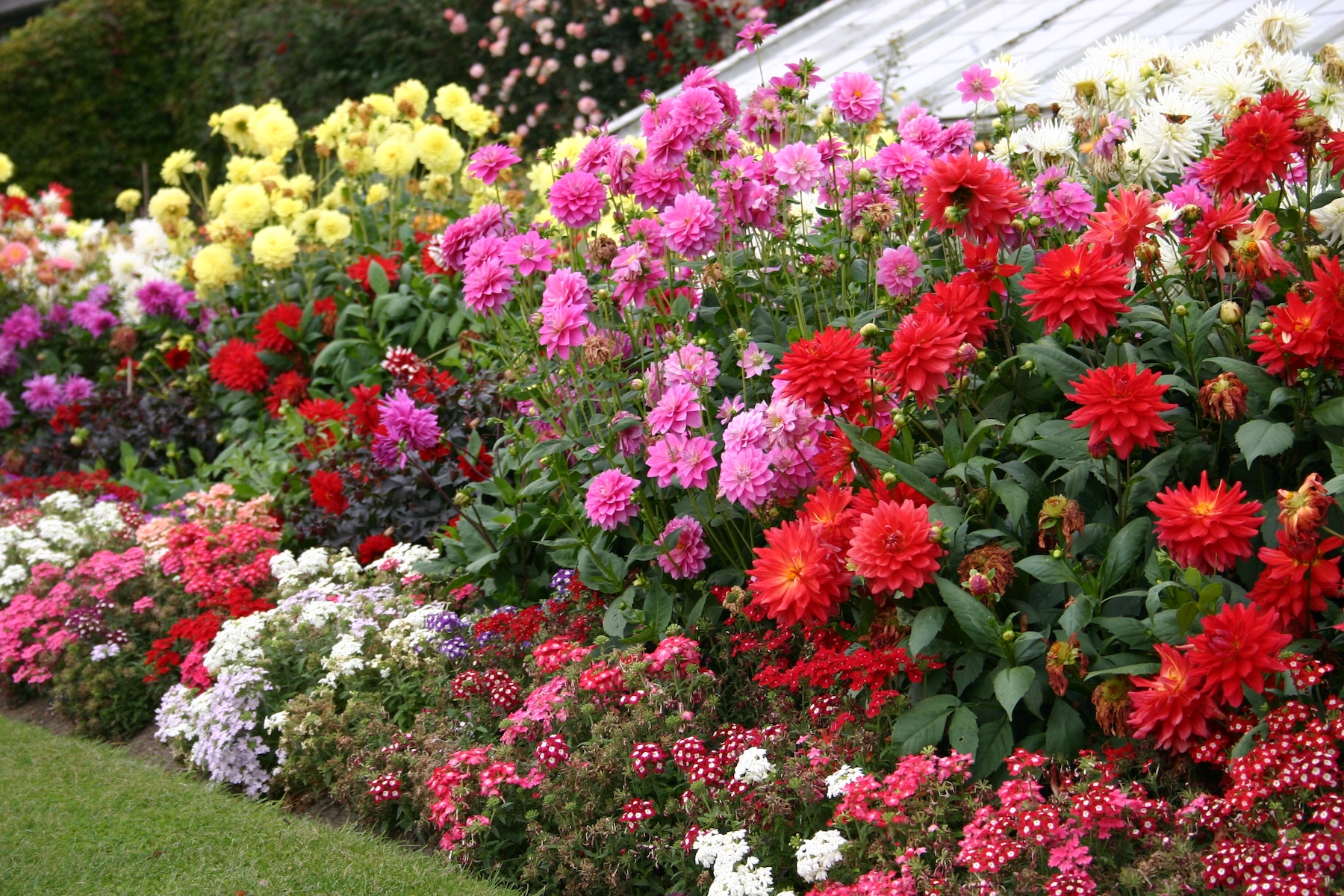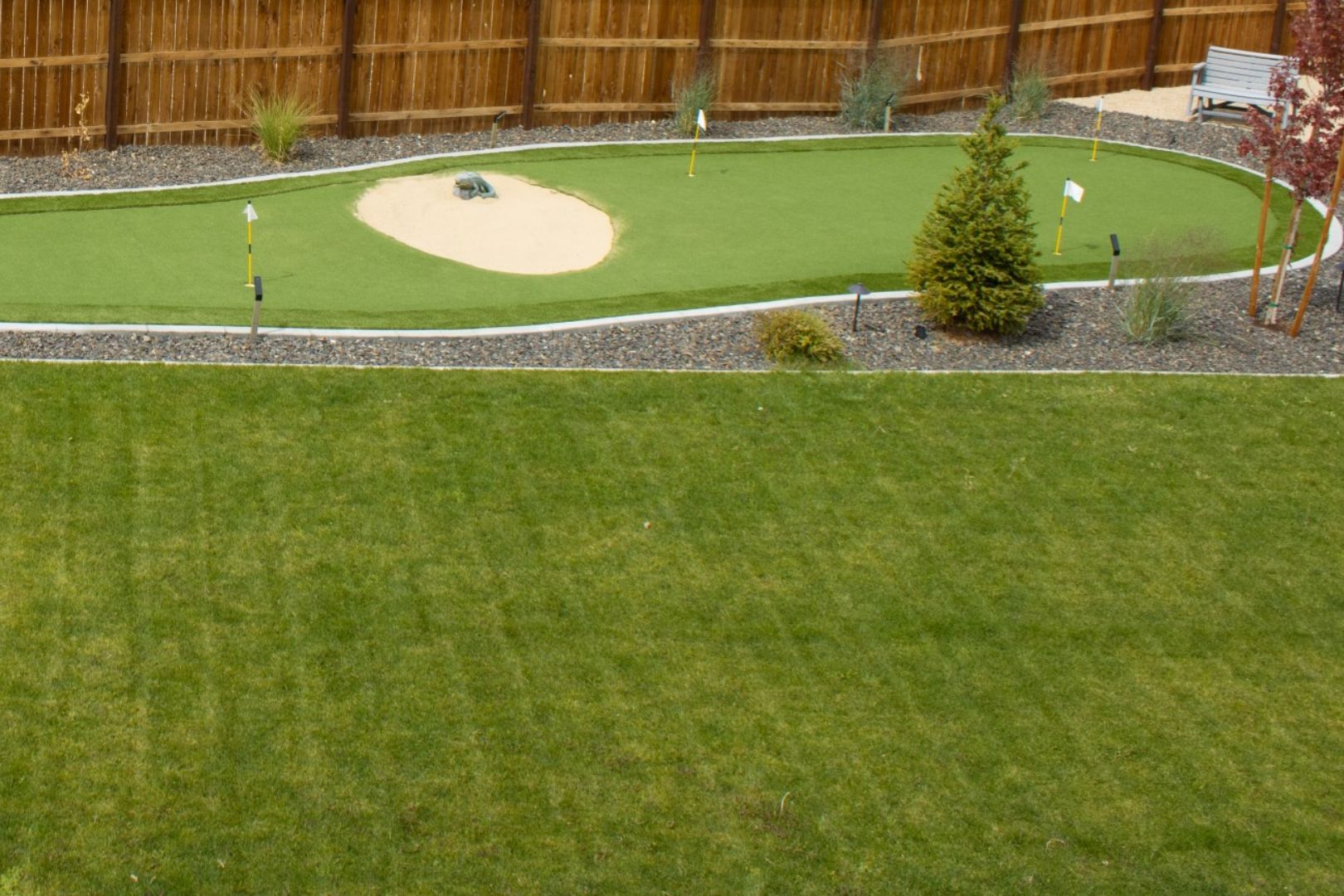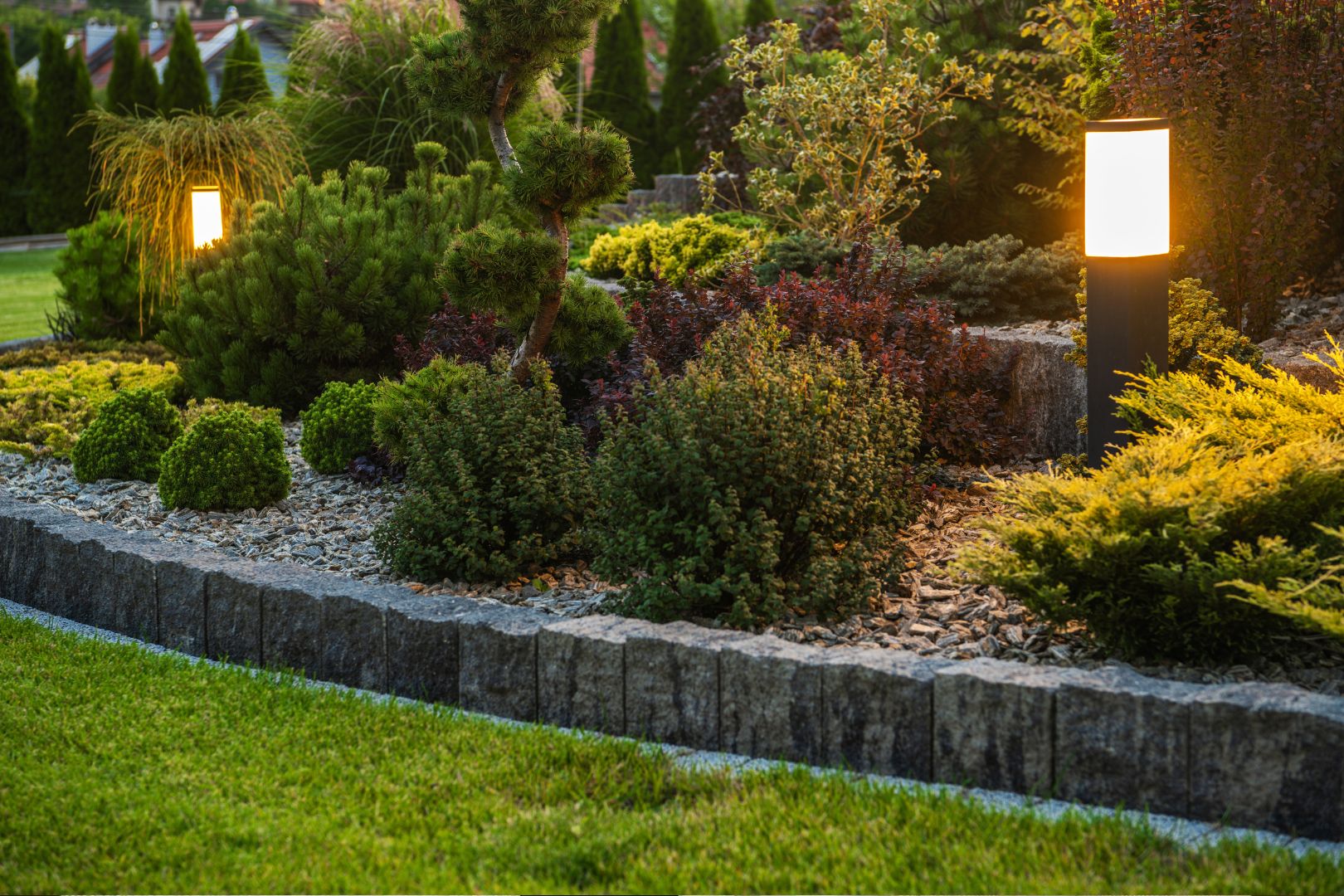When it comes to gardening, color is one of the most important elements to consider. Different colors can have different effects on your mood and on the overall look of your garden. In this blog post, we will discuss advancing and receding colors in gardening, and how to choose which color plants and flowers for your landscape.
Why does color matter?
You might be wondering why colors even matter, especially in a place like a garden. But colors affect us in ways we might not realize because it’s mostly subconscious! Color is one of the most important elements in psychology, and it can be used to influence mood, behavior, and emotions. Some colors can energize or calm people down, while others can increase productivity or promote relaxation.
In addition, different colors can be associated with different emotions. For example, red is often associated with excitement and passion, while blue is often associated with peace and tranquility. When designing your landscape, colors can be a useful tool to create a particular atmosphere.
What are advancing and receding colors?
Advancing and receding colors are two important concepts to consider when it comes to gardening. Advancing colors are the colors that move forward or seem to come closer, while receding colors are the colors that move back or seem to go away.
Advancing colors stand out.
Advancing colors grab our attention and create the illusion that an object is closer or larger. Some examples of advancing colors are red, orange, and yellow. These colors are bright and vibrant, and they tend to catch the eye. They can be used to create a focal point in your garden landscape, or to add energy and excitement to a space. Bright florals are then good to plant in areas that you want to become the center of attention of your landscape.
Receding colors blend in.
Receding colors do the opposite of advancing colors, as they create the illusion that an object is distant. Some examples of receding colors are blue, purple, and green. These colors are calming and relaxing, and they can be used to create a sense of serenity in your garden. They can also be used to create a sense of depth in a space, and to make other colors seem more vibrant. For this reason, it’s beneficial to incorporate plants with darker, moodier colors like blues and greens into the backdrop of your garden to make the space appear bigger.
Colors change with the seasons.
Fortunately, both advancing and receding colors are prominent in florals, herbs, and other plants. Naturally, many plants have green stems and leaves, creating the receding effect naturally. Even plants like roses, poppies, lilacs, or tulips are all mostly green, but we recognize them best by the pop of color of their flowers. Thinking about the season a plant is in bloom is also important for this reason, as they might be green for most of the year, only changing shades in spring or fall.
When choosing the colors for your garden landscape, it is important to consider both advancing and receding colors. This will help you create a balanced and harmonious landscape that looks great from every angle. Let our Reno landscaping experts help you make the most of your garden space!



